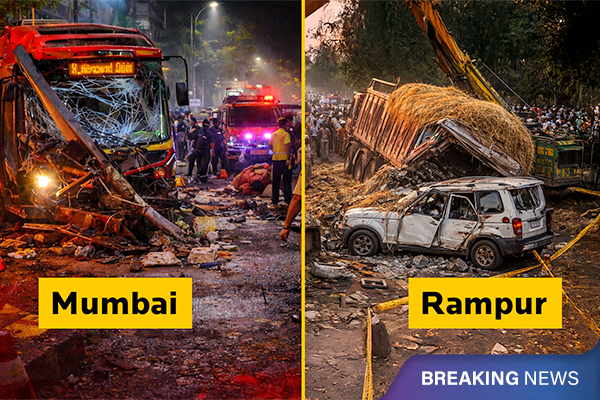Scientists Reconstruct Face of Pregnant Egyptian Mummy
Forensic scientists have reconstructed the face of the world's first pregnant ancient Egyptian mummy more than 2,000 years after her death.
With an aim to re-humanise mummified individuals, forensic scientists have reconstructed the face of the world's first pregnant ancient Egyptian mummy more than 2,000 years after her death, using 2D and 3D techniques. Notably, the mummy was taken out of Egypt in December 1826. Her body had been carefully wrapped in fabrics and left with a rich set of amulets to see her in the afterlife as per the Egyptian culture of mummifying the dead.
The Mummy, known as' The Mystery Lady’, is believed to have died 28 weeks into her pregnancy between the age of 20 and 30. The mummified woman was analyzed last year by a team of Polish researchers, who discovered evidence of a fetus inside her stomach. Forensic experts have used her skull and other remains to produce two images showing what she may have looked like when alive in the first century BC. Chantal Milani, an Italian forensic anthropologist said, "Our bones and the skull, in particular, give a lot of information about the face of an individual." Although it cannot be considered an exact portrait, the image produced is very close to the actual look of the individual at that time. As per reports, the fetus was mummified together with its mother. Its head circumference was 9.8 inches, which the forensic team used to determine it was between the 26th and 30th week of life.
Forensic artist Hew Morrison said, "Facial reconstruction is mainly used in forensics to help determine the identity of a body when more common means of identification such as fingerprint identification or DNA analysis are not an option. Reconstructing an individual's face from their skull is often considered a last resort in an attempt to establish who they were.
Also, a computer artist has brought to life a medieval (year 1361) soldier's skull that archaeologists discovered in a mass grave near Visby, a city on the Swedish island of Gotland. The warrior had a gash on his face from his lower jaw up across his nose, a wound that appeared to have knocked out several of his teeth. This warrior has now been revived from the dead by a computer artist who recreated his severely disfigured head and face using these 3D scans and statistical genetic data. What do you think about this discovery? Do mention your thoughts in the comment section below.







